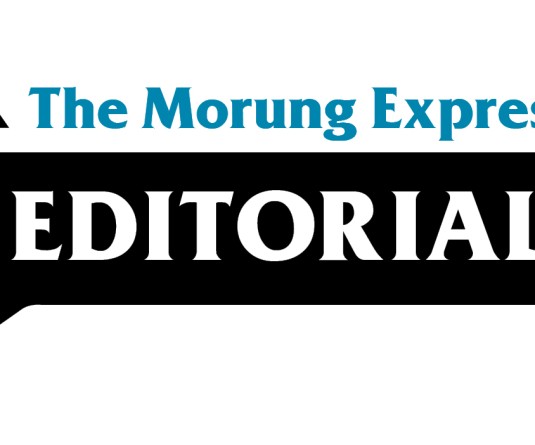
The United Nation Secretary-General Kofi Annan in his message on the occasion of World Habitat Day (observed on the first Monday of October every year) points out that by the year 2050, some 6 billion people representing two-thirds of humanity will be living in towns and cities. “Never before in history has the world witnessed such rapid urbanization. Neither has it witnessed such a swift rise in the absolute numbers of people migrating. The two phenomena -- migration and urban growth -- are strongly linked, mainly because the majority of people on the move go for the bright lights of the city”, remarked Annan in his short speech.
What the UN Secretary-General projects as ‘rapid urbanization’ can be applied in the case of emerging towns such as Dimapur and Kohima. Urban population in the State has gone up as per projections in official data. People living in rural areas constituted 82.3 percent of Nagaland’s population in 2001, as against 90 percent in 1971. This is an indication of the migration taking place from rural to urban areas. The question is do the urban hosts have adequate capacity to serve the new migrant growth. Two of the biggest urban centres Kohima and Dimapur today represent the image of overcrowding, haphazard traffic growth, growing pollution, filth, water shortage, and a general deterioration of basic civic amenities. This problem will remain unless those in authority give serious thought to the larger issue of planning and management in urban areas.
And since one key factor accentuating the rural-to-urban exodus is as a result of the non-availability of amenities and employment opportunities in rural centers, the government policy should focus on both ensuring that urban centers are well planned to absorb further growth while in the long run also encouraging other growth centers to develop and flourish. In Dimapur this is already happening thanks to the development of several industrial, administrative centers (Ganeshnagar Industrial Unit, Chumukedima and Nuiland administrative headquarters etc.). Such growth poles are driving out the urban population to newer locations. In Dimapur one can also witness the growth of mini towns besides several villages being set up in the city’s periphery. This is a good sign and hopefully they will grow further into satellite townships that will in turn ease the burden of the commercial hub Dimapur. Kohima should likewise have to spread itself out and allow such growth centers to emerge along its periphery.
One concrete long term solution is on improvement of rural infrastructure such as piped water supply, schools, hospitals, electrical power supply, the neglect of which accentuates the urban exodus. As far as dealing with the problems in existing urban towns Municipal authorities have to keep pace with city growth both spatially and in terms of infrastructure management. Policy makers need to wake up or else the nuisance brought about by the process of urbanization will become insurmountable. For this, a holistic approach to urban and peripheral area planning with a long term perspective as well as greater stress on rural development which will obviate the need for people to migrate to urban areas.





